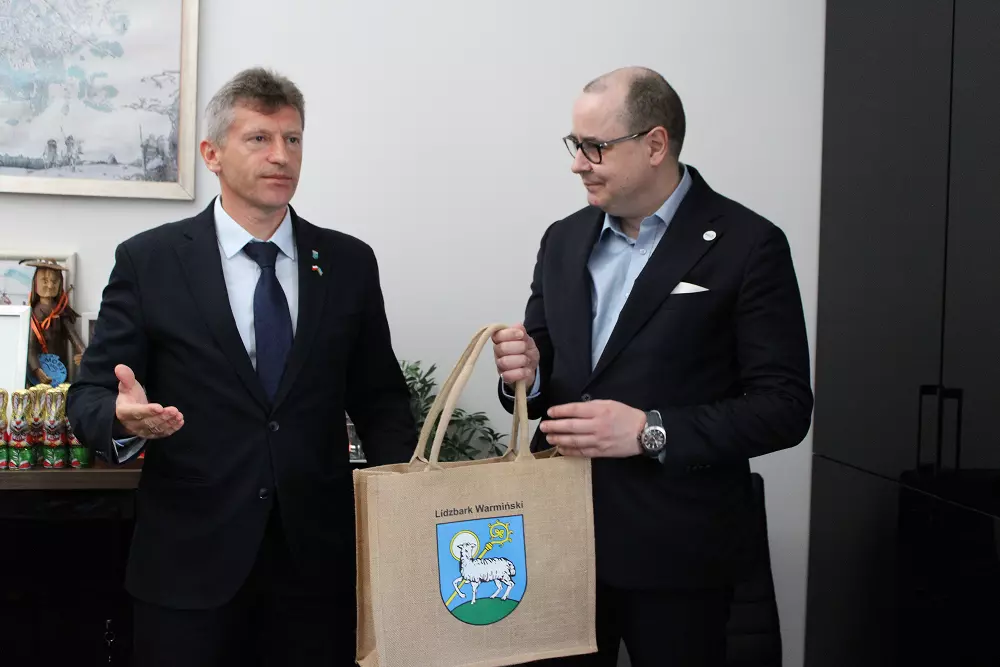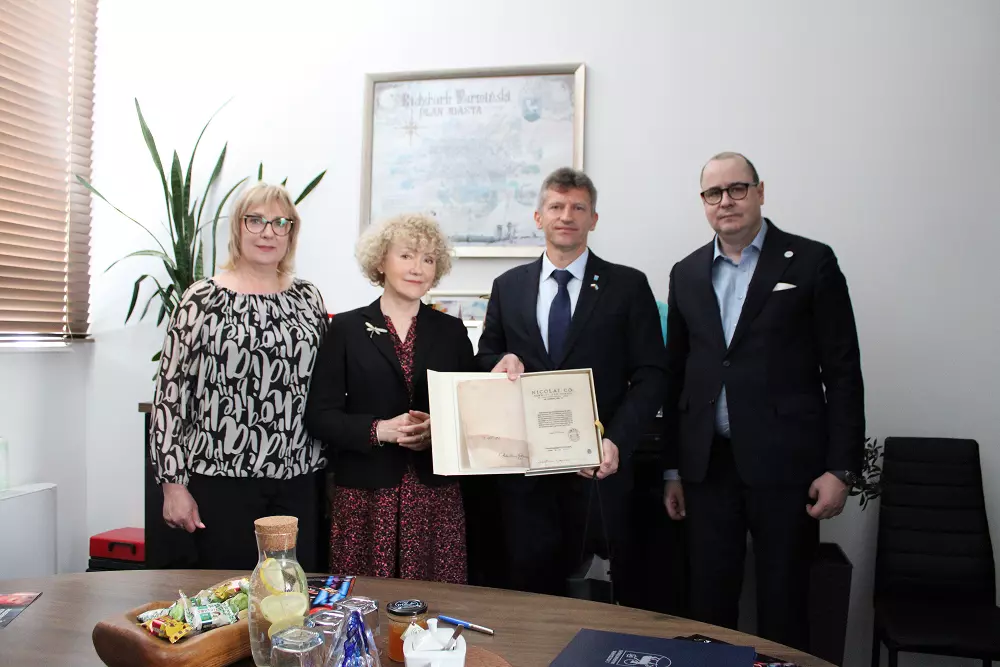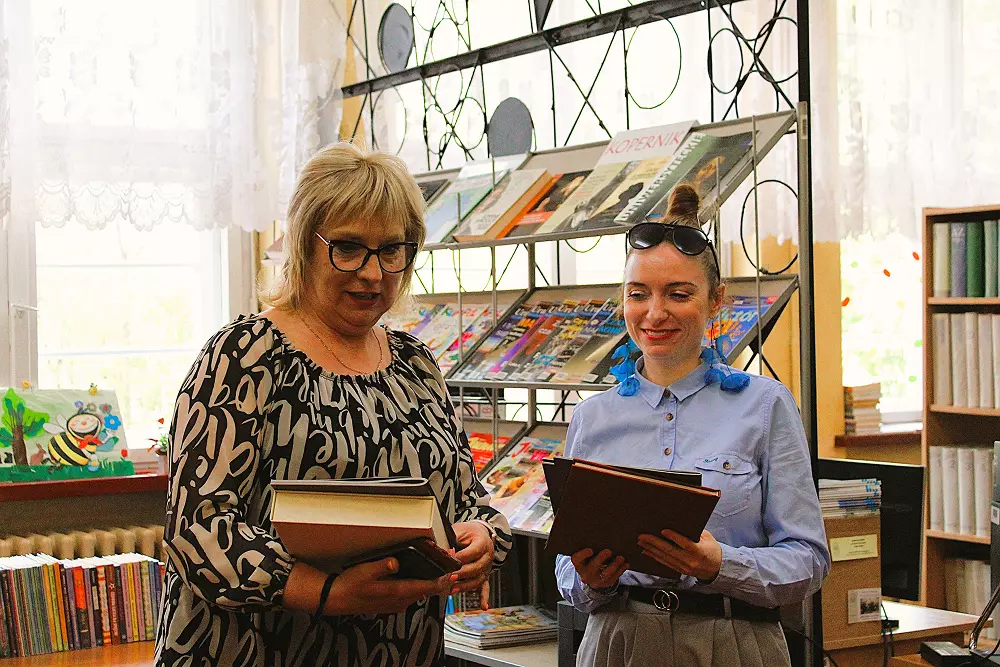The visit by the delegation from the Nicolaus Copernicus Academy began with an official meeting at Lidzbark Warmiński City Hall with Mayor Jacek Wiśniowski. The details of the visit’s program and preparations for the following day’s lecture session were both discussed during the meeting. A cooperation agreement was also signed between the Academy and the City—a significant step forward in promoting Copernicus’ legacy and scientific achievements. At the same time, the principals of two local schools—Nicolaus Copernicus Primary School No. 1 and Kazimierz Jagiellończyk Secondary School—signed an agreement concerning the donation of the educational exhibit Nicolaus Copernicus – A Pilgrimage to the Stars.






As a gesture of appreciation for the city’s commitment to promoting Copernicus’s legacy, Paweł Derecki, head of the delegation, presented the Mayor with reprints of two of the scholar’s most important works: On the Revolutions of the Heavenly Spheres and On the Minting of Coin. The meeting was also attended by Małgorzata Jackiewicz-Garniec, curator of the Castle of the Bishops of Warmia, and Danuta Łasek, principal of Nicolaus Copernicus Primary School No. 1, who is deeply involved in advancing Copernican education in the region.


The delegation then visited Primary School No. 1, where they officially handed over the Pilgrimage to the Stars exhibit (composed of 12 roll-up display panels). The school also received a complete set of Copernicus reprints. The principal gave the guests a tour of the school, introducing teachers of science subjects who passionately promote Copernicus’ work among students.




The day concluded with a visit to the Castle of the Bishops of Warmia, one of the most significant sites in Copernicus’s biography. It was here that he arrived after earning his doctorate in canon law to serve under his uncle, Bishop Łukasz Watzenrode. While living in Lidzbark for nearly a decade, Copernicus worked as a physician, carried out extensive astronomical observations, and deepened his studies in mathematics and economics. Due to his youth and intellectual vigor, this period is considered one of the most fruitful in his scientific career. The tour was led by the Castle’s Curator, who shared her insights into the site’s history and the life of the great astronomer. As a token of appreciation, she received a set of reprints of Copernicus’ works on behalf of the museum.








The meetings and discussions on the first day marked an important stage in the preparations for Tuesday scientific session and reflected the excellent collaboration between the Nicolaus Copernicus Academy and local institutions—united in their mission to popularize the legacy of Nicolaus Copernicus.







